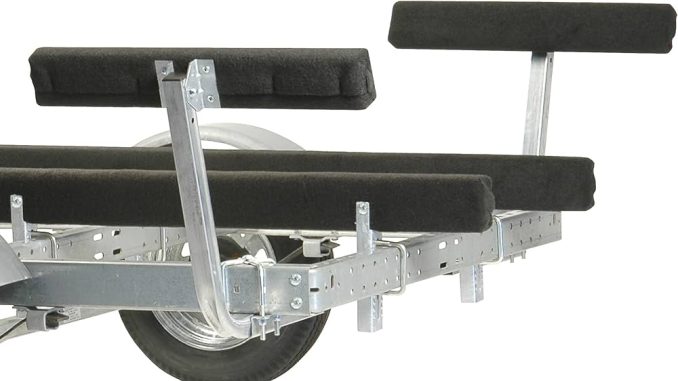
Your fishing boat is your trusted companion on the water, and its hull is its armor. Keeping it in top shape is crucial for a safe and successful fishing trip. In this guide, we’ll explore essential tips and techniques to ensure the protection and longevity of your boat’s hull.
Regular Hull Inspections
The first step in safeguarding your fishing boat’s hull is conducting regular inspections. Examine it thoroughly for cracks, dents, or any signs of wear and tear, especially along the keel and the areas where the hull comes into contact with the trailer. Damage to these critical areas can compromise your boat’s stability and seaworthiness. Promptly addressing minor issues can prevent them from escalating into costly repairs, ensuring that the boat remains in peak condition for all your fishing adventures.
Proper Storage and Transportation
When your fishing season ends, proper storage and transportation can help preserve the boat’s hull. Store it in a secure, dry location away from harsh weather conditions. If you need to transport your boat, use suitable trailers with high-quality trailer bunk boards to prevent hull damage during transit.
To prevent the accumulation of barnacles and other marine organisms on the hull, consider using anti-fouling coatings. These coatings release chemicals that deter marine life from attaching to the hull. However, follow environmental regulations and manufacturer guidelines when using these products.
Invest in Quality Hull Paint and Take Care of It Properly
One of the most effective ways to protect your boat’s hull is by applying high-grade marine paint. Choose a paint designed for below-waterline use. This not only enhances the appearance of the boat but also provides a protective barrier against water and marine organisms.
Regular cleaning and maintenance play a vital role in preserving your boat’s hull. Use gentle cleaning agents specifically formulated for marine use to remove dirt, salt and algae. Be cautious when pressure washing to avoid causing damage. Waxing the hull after cleaning can further protect it from environmental factors.
Preventing your boat from grounding or colliding with underwater obstacles is essential. Familiarize yourself with local waterways, tides and navigation aids. Invest in navigational equipment such as depth finders to help avoid shallow areas. When anchoring, use reliable equipment to prevent accidental hull damage.
Conclusion
Protecting your fishing boat’s hull is essential for maintaining its performance and value. Regular inspections, quality paint, proper cleaning, safe navigation, anti-fouling solutions and careful storage are key steps to ensure the boat’s hull stays in top condition. By following these guidelines, you’ll enjoy countless successful fishing trips and a boat that lasts for years to come.






